The Romanovs were a hot topic in 1967: it was the 50th anniversary of the Russian Revolution, memories of Ingrid Bergman’s Oscar winning Anastasia were still fresh and Robert Massie’s Nicholas and Alexandra was on every bestseller list. Kenneth MacMillan was ‘sick to death of fairy tales’ and his one act treatment of the Anna Anderson story, with its groundbreaking use of archive film and uncompromising Martinu score, was a ballet for grown ups that wrestled with the very nature of human identity. Lynn Seymour, the greatest dance actress of her generation, created the role of the mental patient who might (or might not) be a Grand Duchess and the production, made for Berlin’s Deutsche Oper, was an immediate critical and popular success.
Four years later, when MacMillan took over from Frederick Ashton as co director of the Royal Ballet, he needed to feed the public appetite for full evening narratives (plus ça change…) and decided to extend his expressionist psychodrama with a two act prequel showing the home life of Nicholas II and the early days of the Russian Revolution using music from Tchaikovsky’s First and Third symphonies.
It was a wildly ambitious experiment but the shift from Tchaikovsky to Martinu was enough to give you the bends and the new scenes looked desperately stodgy and literal when set beside the edgy, filmic final act. Critics then (as now) hailed the production as an honourable failure but wished he had left well alone.
Hardly a season goes by without a run of MacMillan’s Romeo and Juliet, Manon or Mayerling but Anastasia can spend a decade or more in the vaults. In 1996, four years after the choreographer’s death, the Royal Ballet decided it was time for a revival. I interviewed the company’s founder Dame Ninette de Valois that spring and mentioned that the 1971 production was being redesigned by Bob Crowley, the old Barry Kay sets and costumes having been devoured by rats while in storage. The 97 year old did not mince words: ‘They picked a good one to eat.’
By 1996 the heroine’s story had lost a lot of its romantic mystery. DNA tests in 1994 comparing the Romanov remains with surviving tissue samples of Anna Anderson revealed her to be Franziska Schanzkowska, a Polish factory worker. This knowledge sabotages the two Tchaikovsky acts of ‘memories’, which lose much of their poignancy when you know that the woman inhabiting them is simply delusional. The supplementary back story looks more and more like a job creation scheme for corps and soloists. Naval officers prance and preen and the four Grand Duchesses engage in an endless round of run and hug mama until the fateful telegram arrives: war declared; not many interested. Once in a while the score becomes more than incidental — Anastasia’s dreamy Act One solo is a perfect fit for its music — but the Third Symphony’s Polonaise, so majestic in George Balanchine’s Diamonds, isn’t enough to fuel the Revolution which is feebly staged with a few tidy flames, a chorus line of Red Guards and much gentle prodding with bayonets.
But even Act Two has its moments. The ballroom party piece for Nicholas’s former mistress Mathilde Kschessinska is a meticulous Petipa pastiche. Marianela Nunez, who danced last Wednesday’s opening, didn’t make enough of the tension between the Tsar and his ex lover and was clearly rattled by some uncharacteristically sloppy support from Federico Bonelli. At Saturday’s matinée Akane Takada, grandly channelling Sleeping Beauty, shimmered through her set pieces as if reminding the Tsar what he was missing.
The season’s three Anastasias have been coached by Viviana Durante, star of the 1996 revival. Lauren Cuthbertson struggled to convince as the gawky teenager of the early scenes but raised her game in the madhouse finale. Natalia Osipova’s eerie elevation and vapour trail hands and wrists gave an almost wraith like quality to her dancing as the young Grand Duchess and emphasised the ‘otherness’ of the ambiguous creature drifting among the Romanovs: she is in the action but not of it. Laura Morera’s fine technique and innate musicality made easy work of the quicksilver shifts of weight and direction in the Act One solo but she took care to punctuate the tightly chained turns and rippling pas de bourrées with sulky flounces of naturalism, never losing sight of the tomboy beneath.
Morera’s ability to embrace contradictions makes for a more fully realised and infinitely more moving heroine. By the third act she has shed the trappings of classicism and her movement vocabulary breaks down into an agonised series of twitches and spasms. It isn’t until she has seen off Rasputin with a series of vicious high kicks that the inner Duchess regains control and Anastasia, not Anderson, circuits the stage on her iron bedstead like the aristocrat she has always felt herself to be. The conspiracy theorists maintain that the DNA tests were rigged. Morera could almost persuade you to join them.
The post Mistaken identity appeared first on The Spectator.
Got something to add? Join the discussion and comment below.
Get 10 issues for just $10
Subscribe to The Spectator Australia today for the next 10 magazine issues, plus full online access, for just $10.
You might disagree with half of it, but you’ll enjoy reading all of it. Try your first month for free, then just $2 a week for the remainder of your first year.

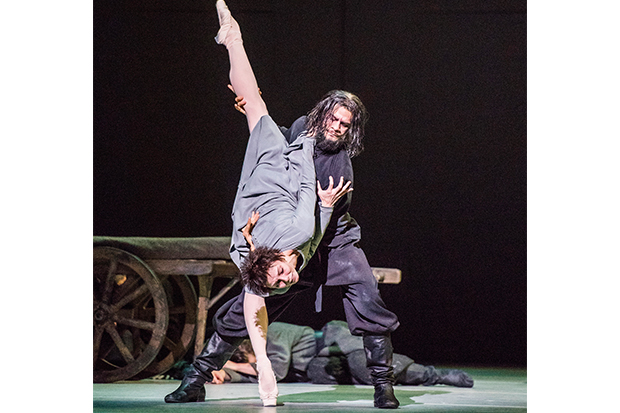
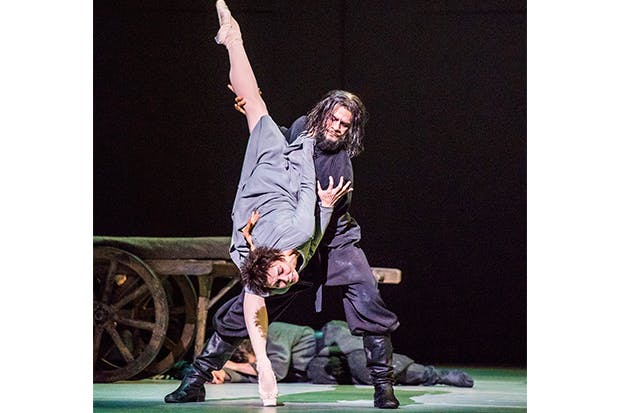
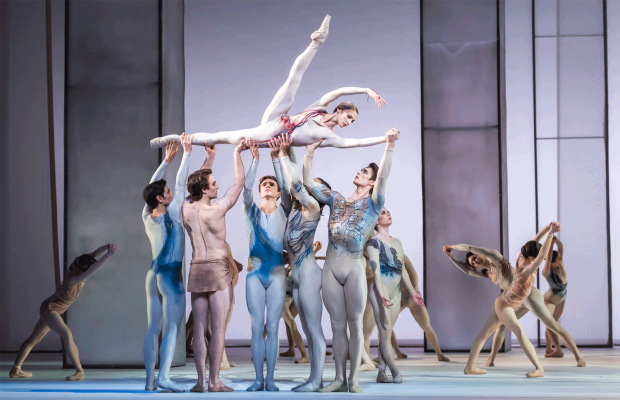
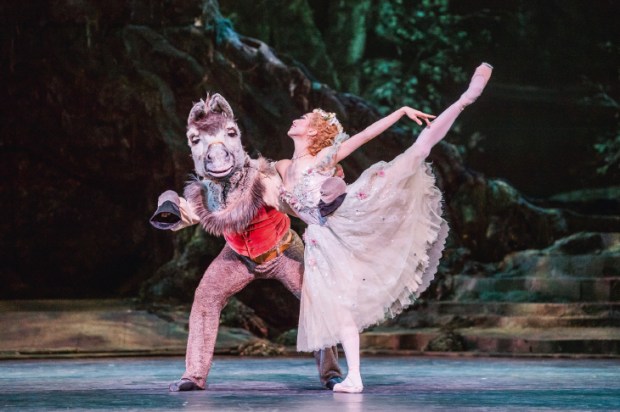
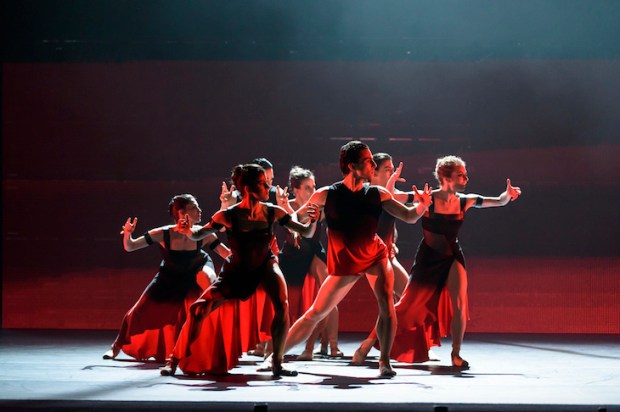
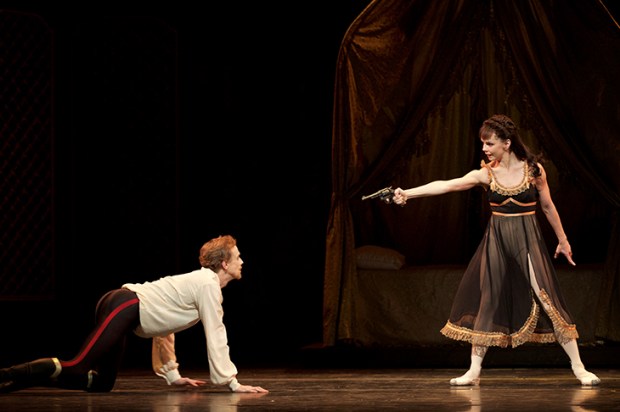






Comments
Don't miss out
Join the conversation with other Spectator Australia readers. Subscribe to leave a comment.
SUBSCRIBEAlready a subscriber? Log in